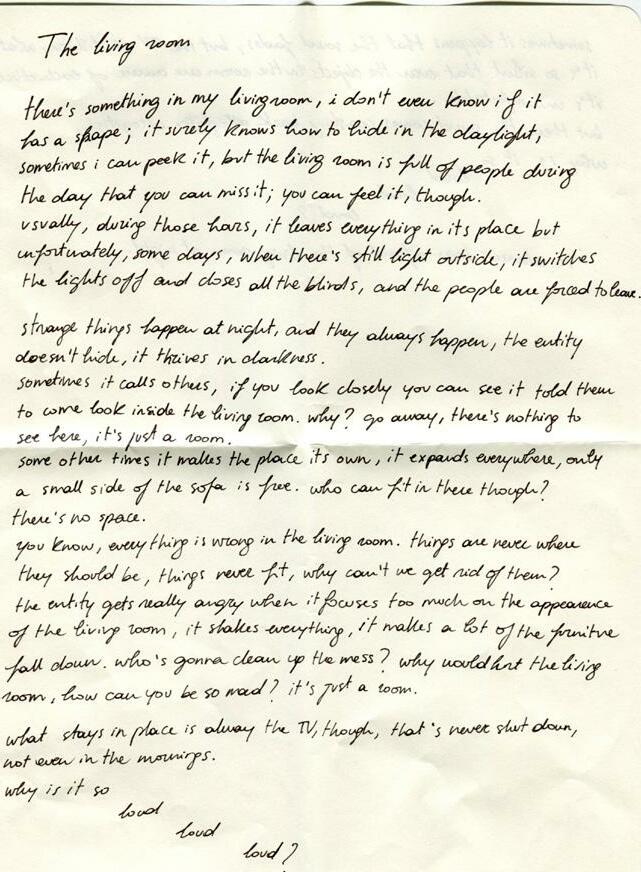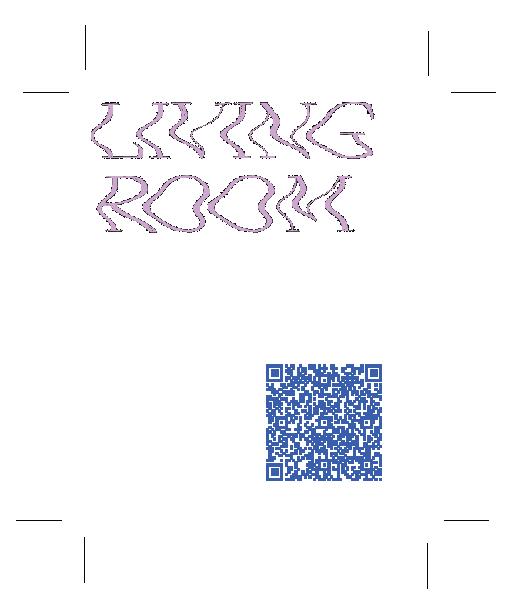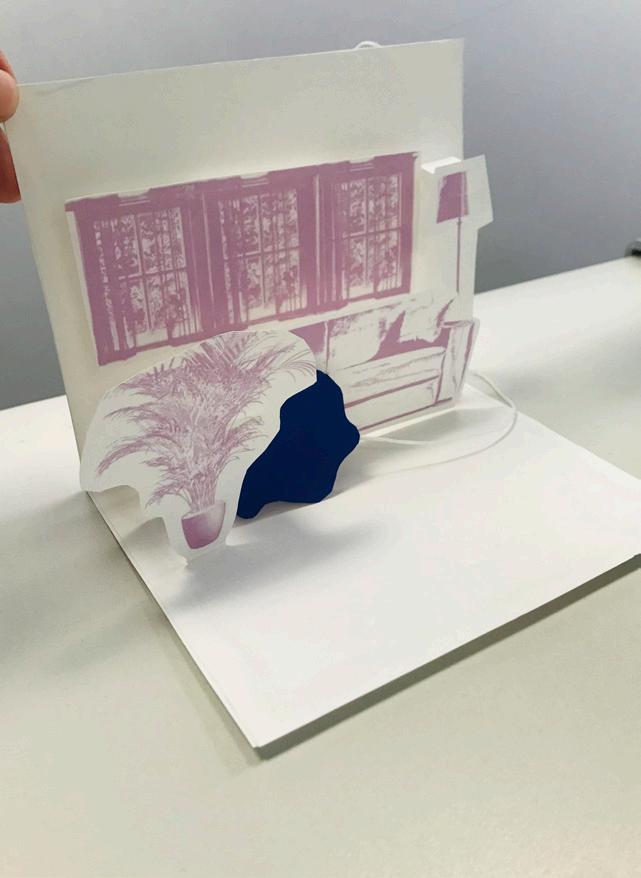



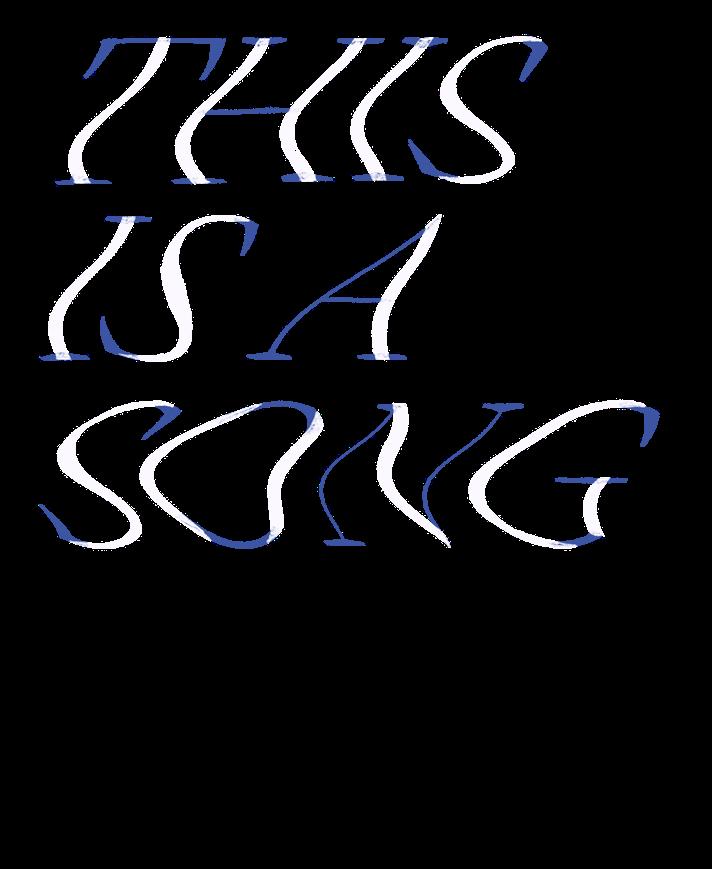
This is a zine for artists, artists who must realise the power they, and their practice, hold.




Only in recent years, the topic of music and its social functions has sparked attention in scholars and has undergone thorough studies. The outcomes of these analysis have shown how music actively contributes, in the current world, to the creation of social experiences and identities and how it impacts individual and societal change. For instance, Simon Frith, a British sociomusicologist, suggests that the way to analyse music shouldn’t focus on researching what music reveals to people but how it constructs them. The important role in which music works is by pushing on particularly intense emotional experiences that are placed in a social context and have their own social meaning. The real power of music lies into its experience of placing: in responding to a song we are drawn into affective and emotional alliances with the performers and their fans. This happens in other areas of popular culture but the process of placement is specific to music experience because of its emotional intensity: because of its qualities of abstractness music is an individualizing form that allows an appropriation for personal use. Among all the kind of manifestations music can take, the phenomenon I’m keen on dealing with is concept albums, an innovation that landed in the music scene in the 60s. A concept album, initially defined as an LP, long-playing record, is a record whose tracks, rather than being a mix of disparate identities, hold a greater purpose or meaning, that is typically achieved with the use of a common central narrative or theme throughout the entire body of work. Usually, for the story building of these albums, the artist aims to create either a fictional character or a place, where to set the narration in order to use them as an expedient to convey the message they want the album to carry. The natural storytelling of concept albums is achieved by three main mediums, lyrics, sounds and visuals, creating the opportunity for a 360 degree practice that allows a clear and metic-


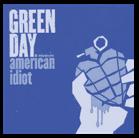
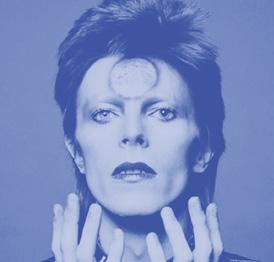

ulous representation that manages to fully communicate the underlying relevant theme. My main interest in this zine is to show how the metaphors brought on by concept albums resonate with contemporary youth in order to create awareness on mental health issues. First of all it is essential to highlight how important the study of concept albums is in the field of communication. As many other pieces of creative work, concept albums tell stories, and it’s already established how the ability to craft stories, is a very effective tool used to grip audiences and take them on an engaging, memorable journeys. This goes back to narrative structures, discussed by Vladimir Propp, Jorge Louis Borges and Joseph Campbell. The latter, inspired by Propp, defined the Hero’s Journey, the ultimate myth based framework used as a basis to develop appealing narratives. In fact, In my previous design experience, I’ve created services and experiences that heavily relied on this approach to storytelling, as my sociology studies emphasized how stories have the ability to explain, tickle the imagination, create a shared knowledge, explain new ideas and persuade. Every story creates its own microcosmos, with its own internal laws that can be totally different from the ones that apply to the physical world we’re used to. And every story is effective if it satisfies the internal logics that were built for it. In the narratives specifically created for the stories in concept albums, we can see a huge reference to and creation of metaphors to let the message come through more clearly. Metaphors are essential to any kind of communication and speech which is not a direct statement of empirical reality. Metaphors link music to other aspects of music experience, and particularly in the case of mental health issues, as the author Otto F. Whal suggests in his book Media Madness, the creation of new images can help overcome the stigma and discrimination that is commonly associated to stereotypical visual narratives, in order to shape new attitudes and influence people behaviours.



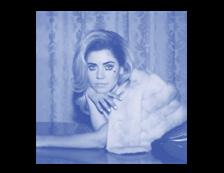
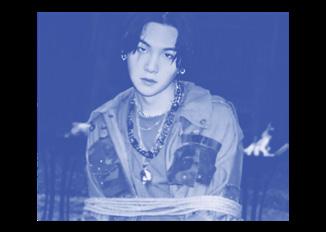

Lyrics in music are important for both the artist and the listener as they project emotion and experience through the medium of a melody and a sense of poetry. The words create the narrative and an additional level of interest.
Phoebe Lucas, 2021

See the text at the end of the zine!






IF YOU DON’T LIKE POP SURREALISM YOU PROBABLY WON’T LIKE ME. IF YOU CAN’T UNDERSTAND THAT VISUAL ART HAS A DEEPER MEANING AND YOU ONLY LOOK AT IT FOR FACE VALUE YOU PROBABLY WON’T GET MY WORK. ... IF YOU CAN’T UNDERSTAND WHY SOMEONE WOULD BRING UP MENTAL HEALTH, GROWING PAINS FROM CHILDHOOD TO ADOLESCENCE , FAMILY ISSUES, AND OTHER UNCOMFORTABLE TOPICS WE NEVER HEAR ABOUT IN POP MUSIC, YOU WILL PROBABLY JUST THROW MY MUSIC AND ART AWAY AS SOMETHING THAT GLAMORIZES MENTAL HEALTH ISSUES EVEN THOUGH MOST OF THE PEOPLE THAT RESONATE WITH MY WORK DEAL WITH THESE THINGS ON A DAY TO DAY AND SOMEONE NEEDS TO BE THERE FOR THEM. SO HERE I AM. IF YOU HAVE ISSUES WITH MY MUSIC AND ART AND JUDGE IT SO HARSHLY TO THE POINT OF MAKING UP YOUR OWNREASON AS TO WHAT MY INTENTIONS WHERE WHEN MAKING IT, YOU SHOULD JUST STOP WATCHING IT. BECAUSE QUITE FRANKLY, YOU. JUST. DON’T. GET. IT.
Melanie Martinez, 2017This quote by the artist herself is pretty explanatory on her view on how to approach topics in the art she produces. Melanie Martinez is an alternative pop singer who’s riding the wave of today’s activism through music, and the way she does it is by fully immersing the audience in her world and also by being unapologetic about the raw feelings she sings about. She’s mainly a singer but considering all her bodies of work, she can be easily considered a multidisciplinary artist that brings to life complex characters and environments in her music, visuals and lyrics. In order to explain Melanie’s story building it is important to introduce her main character or alter ego, that is a fictionalized and fantasy version of herself, that she uses as a mean to express all the issues she faced in her life. This character is called Cry Baby and is a young, sensitive girl, living in a very problematic household. As a result of her emotional nature, she was consistently mocked and made fun of. As the first album progresses, Cry Baby grows as an individual, gradually learning to overcome her struggles. In the second album K-12, the one I will focus my research on,




Cry Baby is now older and goes to a K-12 school, where she has to face new hardships that are the result of the new environment she’s in. The album was presented by Melanie Martinez as musical movie, where all the songs are tied by the narrative of the school and its dynamics. Through pastel and pompous aesthetics, the artist manages to create an alternative reality that is the clear mirror of today’s society, making people ponder, through her dream-like aesthetics and soft looking metaphors, how disastrous and destabilizing the mental illnesses represented in her work actually are. This is of extreme importance as mental health issues are still heavily stereotyped by the images of TV series like Skins UK (2007), that shaped many of today young adults’ minds in their younger days. Moreover it allows to reach people who wouldn’t normally care about long essays or lectures about these topics, adopting a “playful” but meaningful approach, using metaphors that really stick to mind. The songs of the album that clearly show the entire world building and metaphors use are Orange Juice, Detention and Recess.







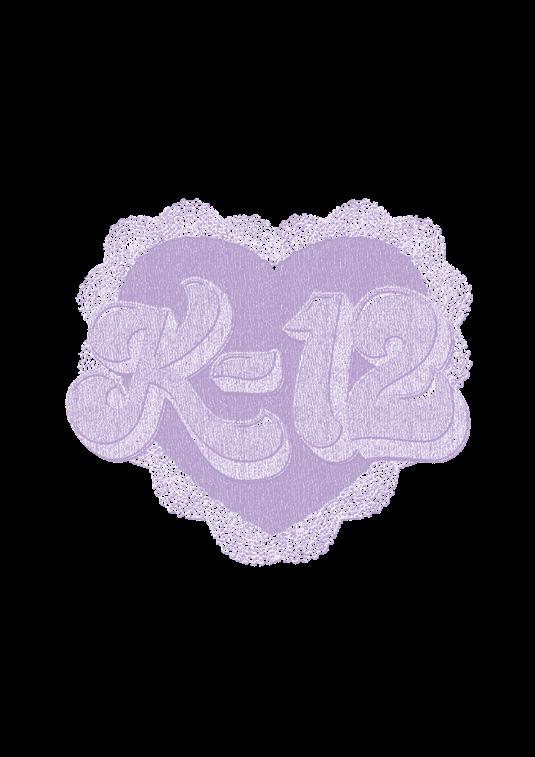

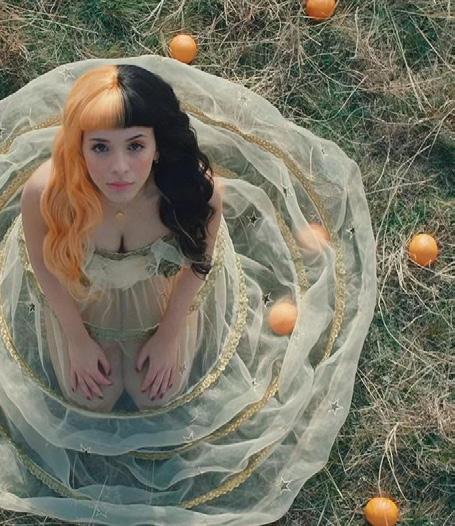
ing metaphors, where she managed to tackle the theme of bulimia in a non conventional way, in order to attract a bigger audience and to be sensitive in regards to such a detrimental disorder.



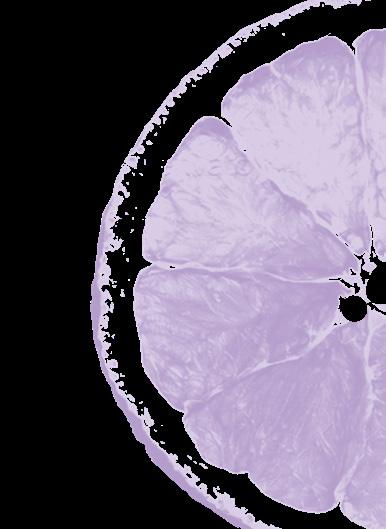

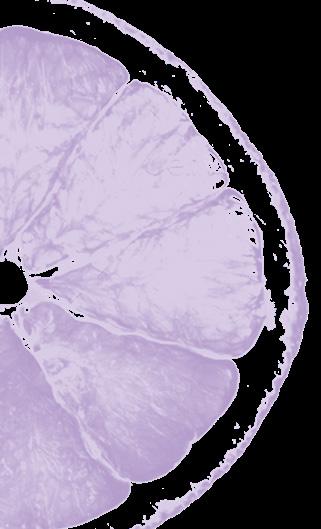
Melanie tackles both the two conducts of bulimia, binge eating and vomiting without ever blaming it on the girl suffering. It is clear how this is one of the ways representation by medias can change stereotypical images and recurring common phrares used to approach a person with an eating disorder, such a “just eat slowly why would you stuff yourself”, “you should eat more”… Not only it is eye opening for people who suffer from the disorder, but it has a great impact on people who could come into contact with someone who’s ill because it may teach them how to approach people who suffer.

The power of the words in the song is not limited to the metaphor only, but it also has a one to one approach between Melanie and the audience during the bridge, promoting an emotional connection that can arise empathy in the viewer, and can make them feel more comfortable and understood by saying:

I WISH I COULD GIVE YOU MY SET OF EYES CAUSE I KNOW YOUR EYES AIN’T WORKING. I WISH I COULD TELL YOU THAT YOU’RE FINE, SO FINE BUT YOU’LL FIND THAT DISCONCERTING
For what concerns the visual communication she created two different videos, a 3d visualizer and a music video. The music video brings to the surface other problems related to the eating disorder that are not specified in the text. The girl’s friend represents society and its standards and the pressure it puts people through about their appearances, but also, trying to approach a younger audience, it tackles even the idea of some toxic friend groups that may exclude you when you don’t fit certain categories.


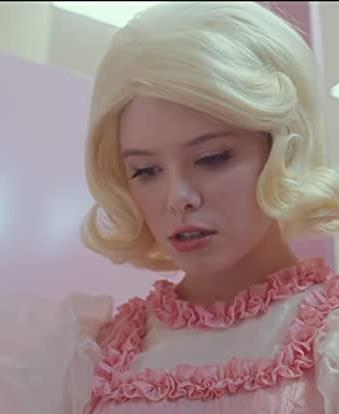
The ending scene, where Melanie saves her friend from all the words and “orange juice” fed in the her brain by the girl’s so called friend, wants to be an invitation to let go of toxic people and environments, no matter how attached you are to it.
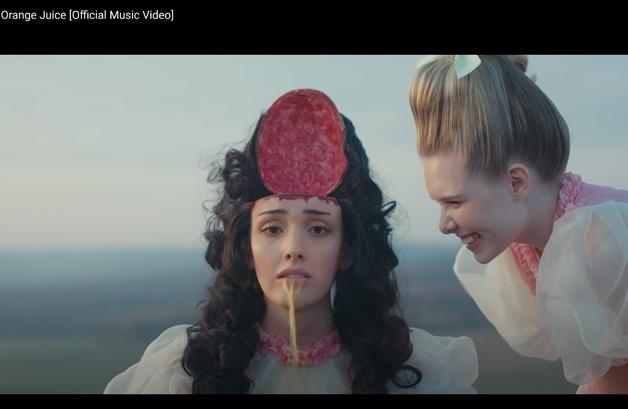

Another topic that she tackles in order to make people feel understood is visualizing the idea of eating in social gatherings, known to be a great moment of distress for people fighting eating disorders and how the worry and oppression from people around you that don’t know how to approach it can be exhausting and hard.
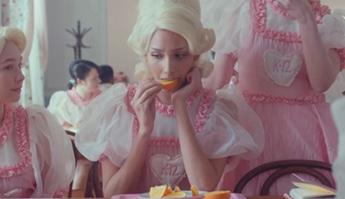


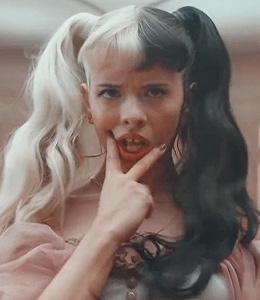
This song refers to the feeling of oppression and vulnerability while being in the public eye and having to put up a perfect image and façade even when you are not alright. The use of the “detention” as a metaphor, wants to underline the idea of feeling trapped in your own mind and also needing to trap your thoughts in your mind in order not to show other people your pain.



I’M NOT A BAD GUY SO DON’T TREAT ME BAD IF I’M FEELING SAD, ALRIGHT ? PLEASE DON’T BE MAD IF I DON’T SMILE BACK, ALRIGHT ? IF I FUCK UP MY WORDS, DON’T THINK I’M ABSURD, ALRIGHT ALRIGHT ?
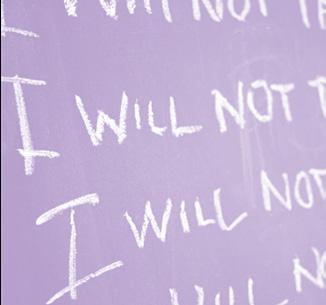


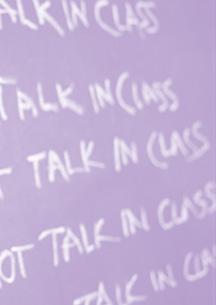

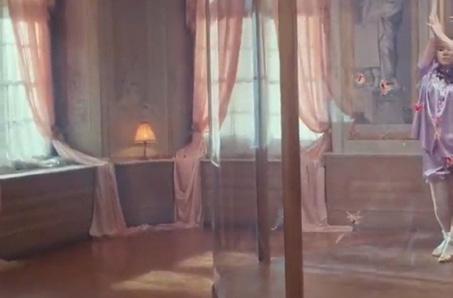
Visually, Melanie, engages with the idea of being caged in a clear box, where she has to perform and put on her best self even if her mental health issues are in the way just for the sake of not showing weakness to the people in power in the video.
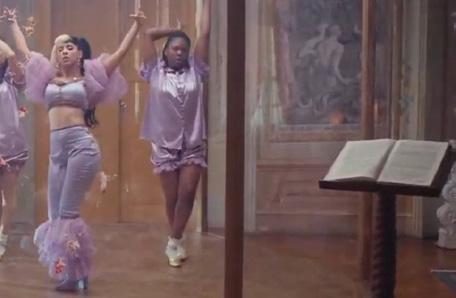

Another meaningful image in the mv is the nurses in charge of controlling people in detention, that shoot substances in the student’s bodies, in order to make them happy on the surface (as you can see in their face expressions) not caring about what’s happening inside them. This clearly resonates with the text and young adults’ experiences in the past two years of pandemic, where everyone was supposed to be performative even in one of the most overwhelming periods of our lives in the last years, just because “the world doesn’t stop”.


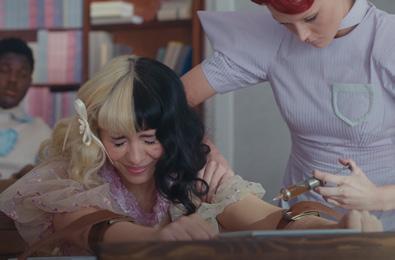
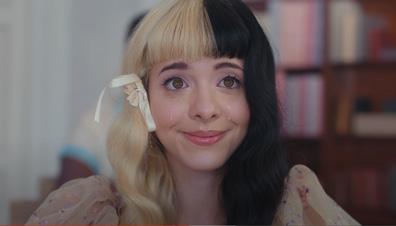

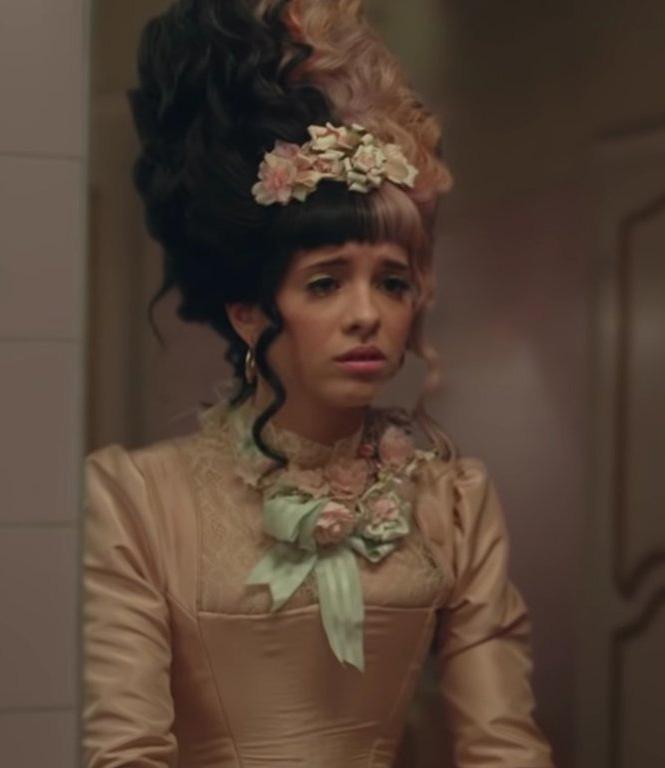
The last song of the album closes with a final reflection on mental health: Melanie urgers her audience to let go of harmful, non genuine and toxic people, stressing the importance of focusing on yourself when times are rough mentally.
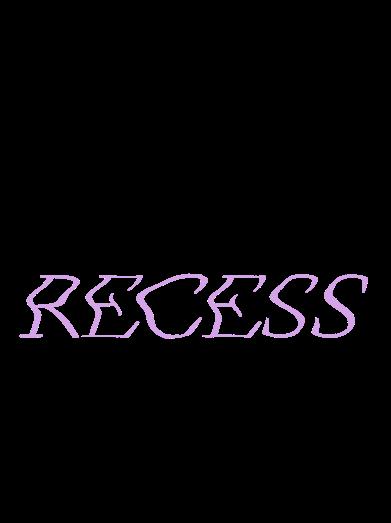




PEOPLE GONNA SAY IF YOU NEED A BREAK, SOMEONE’LL TAKE YOUR PLACE PEOPLE GONNA TRY TO TELL YOU THAT YOU’RE FINE WITH DOLLARS IN THEIR EYES JUST REMEMBER



Not only, but also her aim is to normalize to her listeners how even after achieving good results and fortune someone can still feel sad or have issues, and it’s totally fine and common.

Overall, Melanie’s approach to the topic is very comforting, in order to make people realize new insights about themselves, through exceptional metaphors, but also to lull and reassure them saying that she feels this way as well and that no one is alone during this journey. Her practice thrives with activism and awareness, in the entirety of her outcomes. Her communication scheme is definitely well thought and she manages to creatively make her audience reflect on contemporary mental health issues.



A good melody will capture and hold your listener’s attention. Songwriters and composers use melodies in your music tell stories and give audiences something to remember and connect with.

Patrick McGuire, 2019

Find the link to the song at the end of the chapter!





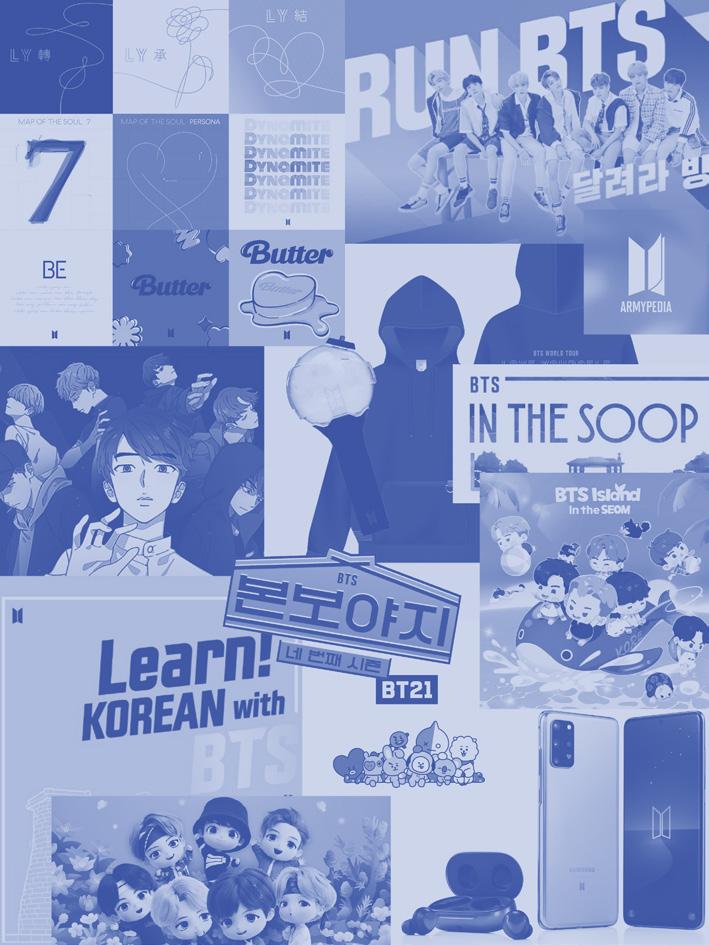
Example of Bangtan Sonyeondan’s transmedial communication, from albums to their own reality shows, merchandise, webtoons, videogames, collabs with leading brands

Transmedia strategies and works have been used in the creative industries, including the music industry, for many years to attract more audiences. Behind brand logic, the idea of transmedia in the entertainment industry is an effective tool to intensify audience engagement. Transmedia storytelling refers to the communication strategy to develop distinctive instalments of a story and spread it across multiple media platforms, engaging the audience throughout the process. Accordingly, Carlos Alberto Scolari conducted a study and stated that the brand (in this case the brand of the artist) is a device that can produce a discourse, give it meaning, and communicate this to audiences. Through this, the audience, has the opportunity to become the producer instead of a mere consumer of content.






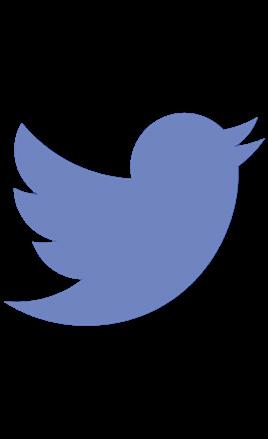
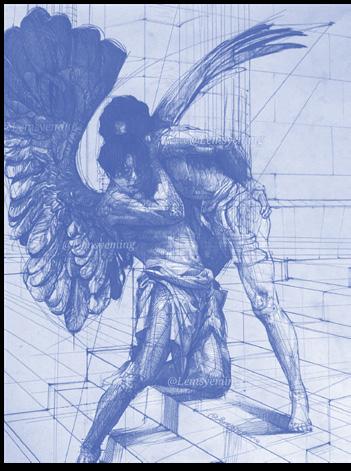

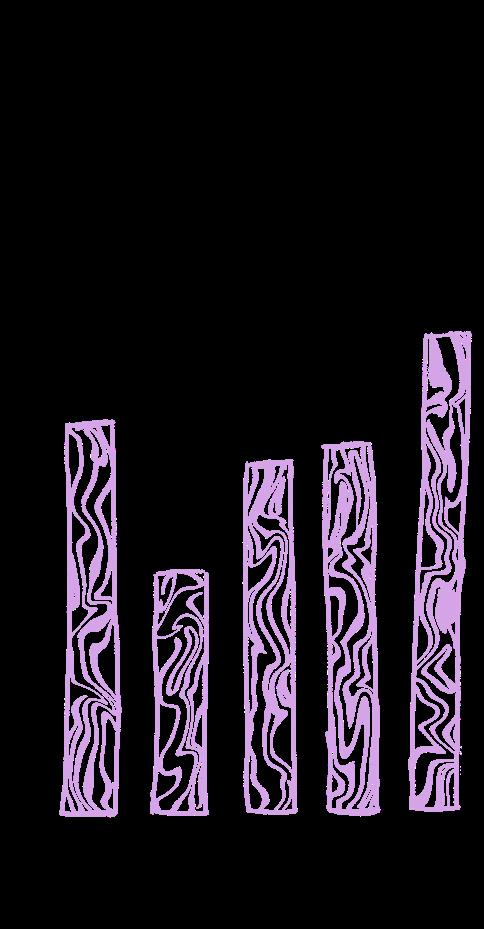





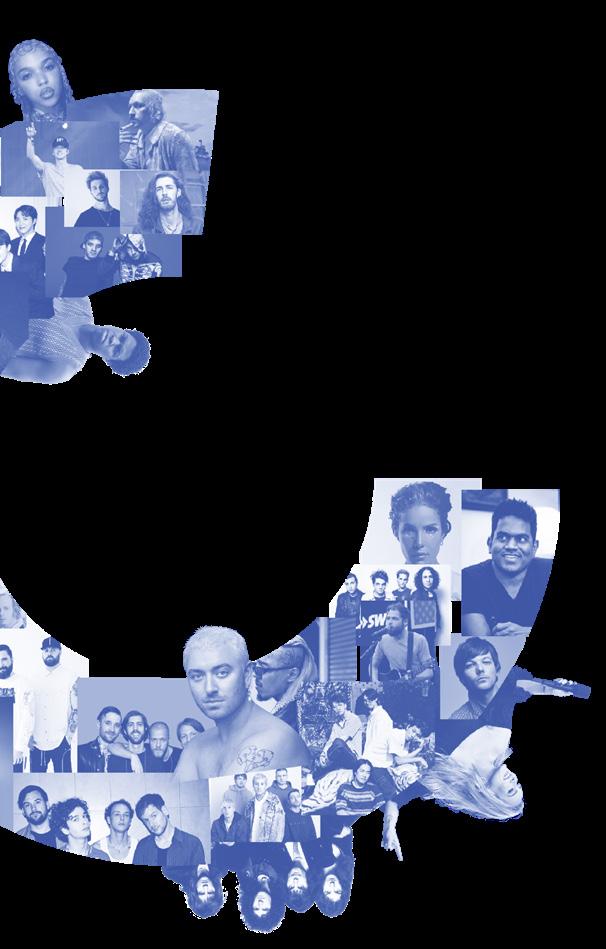



 Sarah Boardman, 2016
Sarah Boardman, 2016


